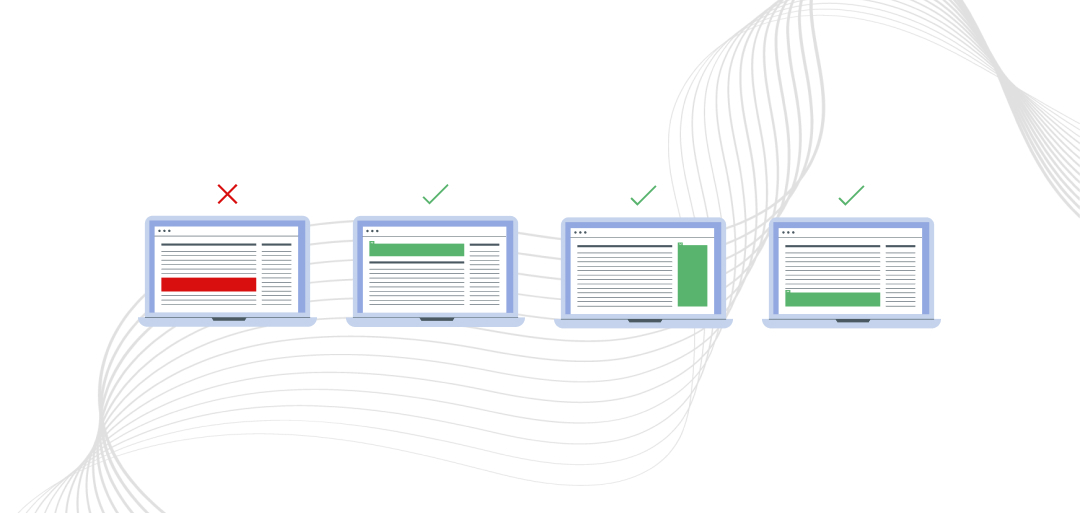How often have you stumbled upon a website and left immediately due to ads blocking the content? Well, those are the nuisance of ads.
Acceptable Ads are not intrusive, and you might not even notice them unless you look closely. As a website owner, it is essential to place ads well to prevent any issues from arising.
This article will cover Acceptable Ads and statistics about adblock users.
What Are Acceptable Ads?
Before we discuss Acceptable Ads, let’s have a look at how they came into existence. Adblock Plus started the Acceptable Ads programme in 2011, which was then handed to the Acceptable Ads Committee in 2017 to decide the standards that define what Acceptable Ads are. The purpose to build Acceptable Ads and its committee (AAC) was to,
- Protect user experience.
- Only allow formats that adblock users do not find intrusive.
- Still, allow formats that provide meaningful monetization opportunities.
- All proposed changes/additions must be technically feasible and based on data.
Thus, by looking at the above factors, the Acceptable Ads are the ones that don’t seem a nuisance or too intrusive. They respect the user’s browsing goal. Most Acceptable Ads are often labeled with the word Advertisement or something reflecting the advertising traits.
They aren’t like some regular digital ads that cover the whole page till you take a certain action. Instead, Acceptable Ads adhere to the set ad guidelines.
Therefore, if you have a website, it is advisable to follow the ad guidelines to prevent your Adblock users from leaving your website feeling disappointed with the annoying ads.
Most online publishers use ads to generate revenue; however, they should be used sparingly to ensure users enjoy browsing your website.
Data About Ad blockers
6 Ad Blocker Usage Statistics
1. More than 42.7% of internet users use ad blockers.
It is estimated that 40% of the global population uses ad blockers. This shows how users don’t like seeing annoying ads
2. More men use ad blockers than women
49.2% of men use ad-blocking software compared to 43.2 % of women. The ad blockers are mainly popular with users below 35 years.
3. Most users have different reasons for using an ad blocker
The most prevalent reason why people use ad blockers is because of the excessive number of ads on the internet. Some even presume that they are irrelevant to their cause.
Other reasons include being too intrusive, taking up too much screen space, ads containing viruses, speeding up page load time, avoiding ads before watching videos or shows, compromising online privacy, and stopping data allowance from being used up.
AdBlock User Statistics
4. More than 28% of Americans use ad blockers
According to the eMarketer report, more than 28% of internet users use ad blockers. In 2014, they were only 15.7%, which increased to over 27% in 2021.
5. People use ad blockers on computers more than on mobile phones
According to a reported estimate, over 37% of users use ad blockers on their computers, 15% on their phones, and 10% on their tablets
Ad Bypassing Techniques
6. Consumers are opting for subscription models to receive digital content
More consumers are willing to pay to receive digital content that doesn’t display ads. This is because some people dislike ads on websites, especially video ads which just start playing automatically when the webpage loads.
So if you don’t like seeing disturbing ads, then getting an ad blocker would be the best option. You can install the Extension from your preferred browser like Google Chrome, Mozilla Firefox, and much more.
However, there are some ads with meaning that you can consider looking at. Ad block usage has increased over time since people only want to see what is valuable to them. And by keeping the Acceptable Ads allowed, you can view something that’s valuable and might be useful to your situation.

